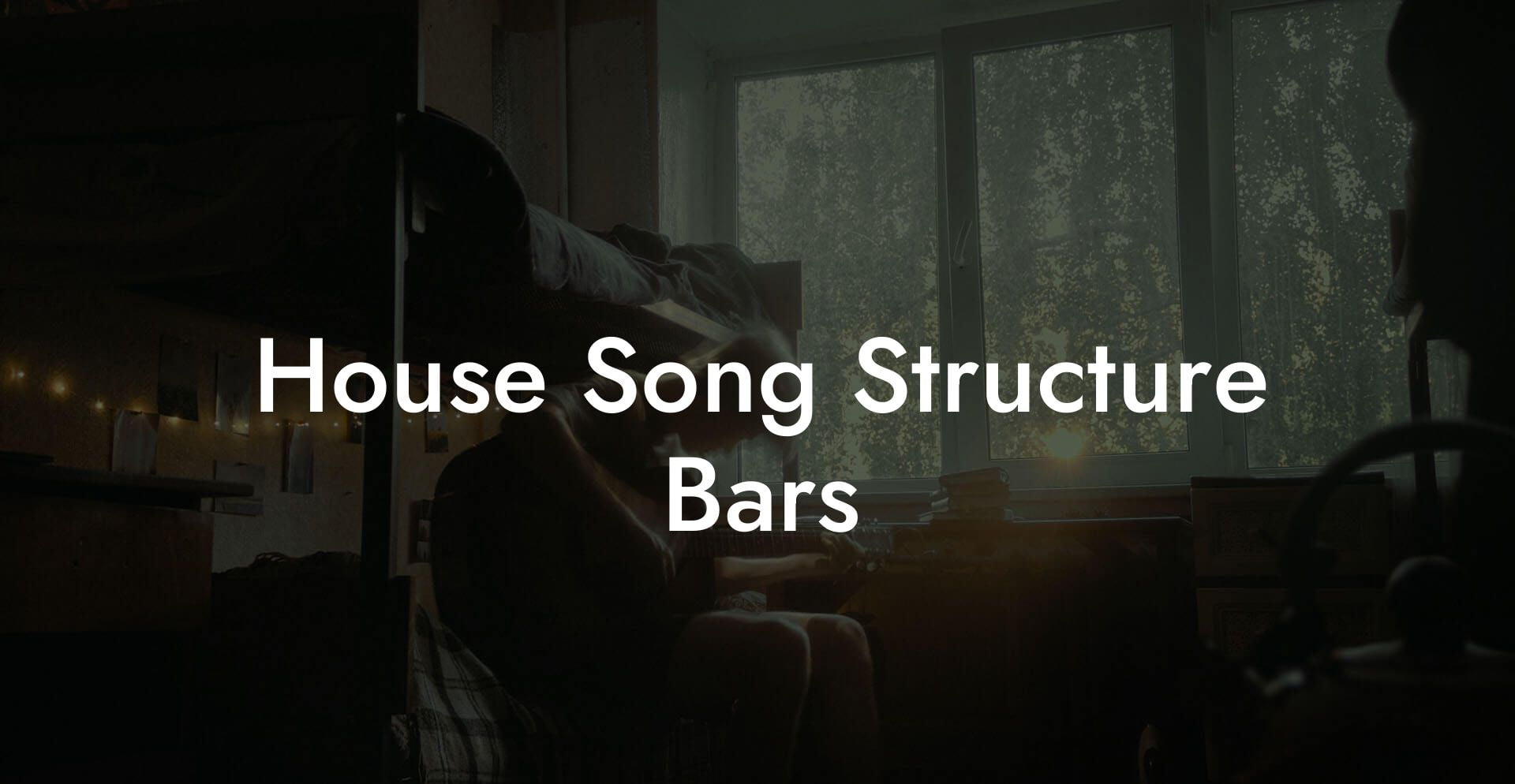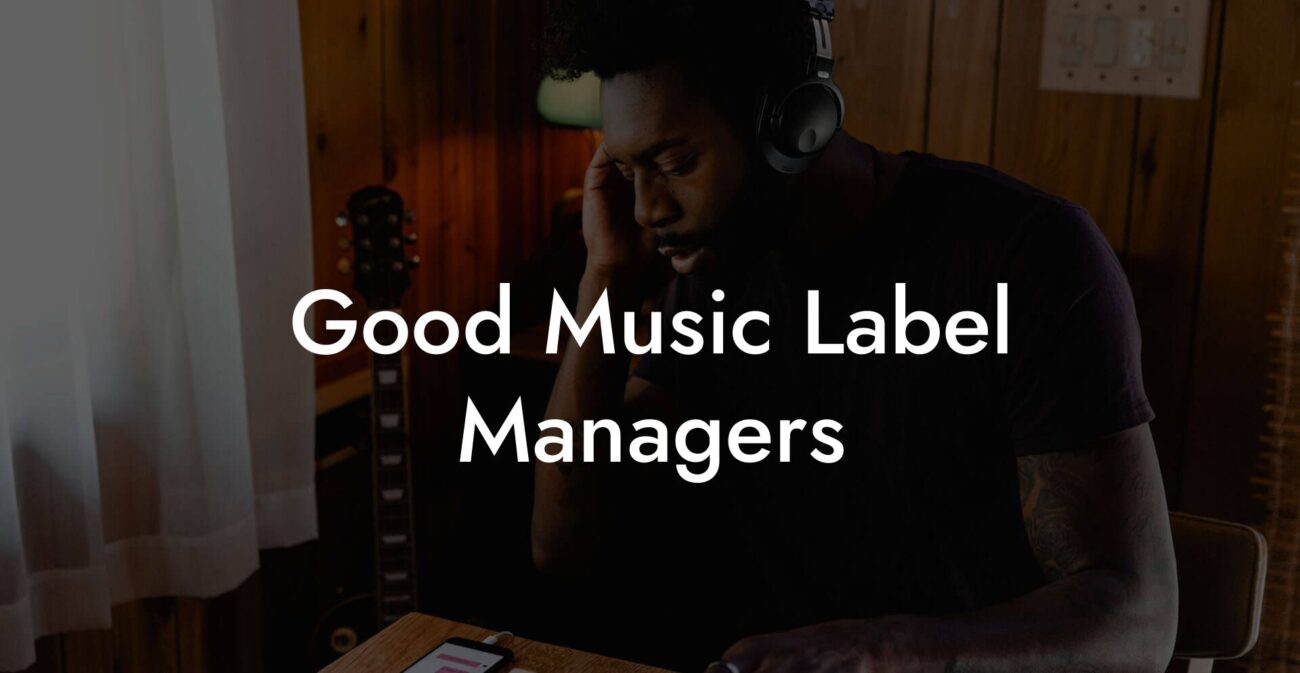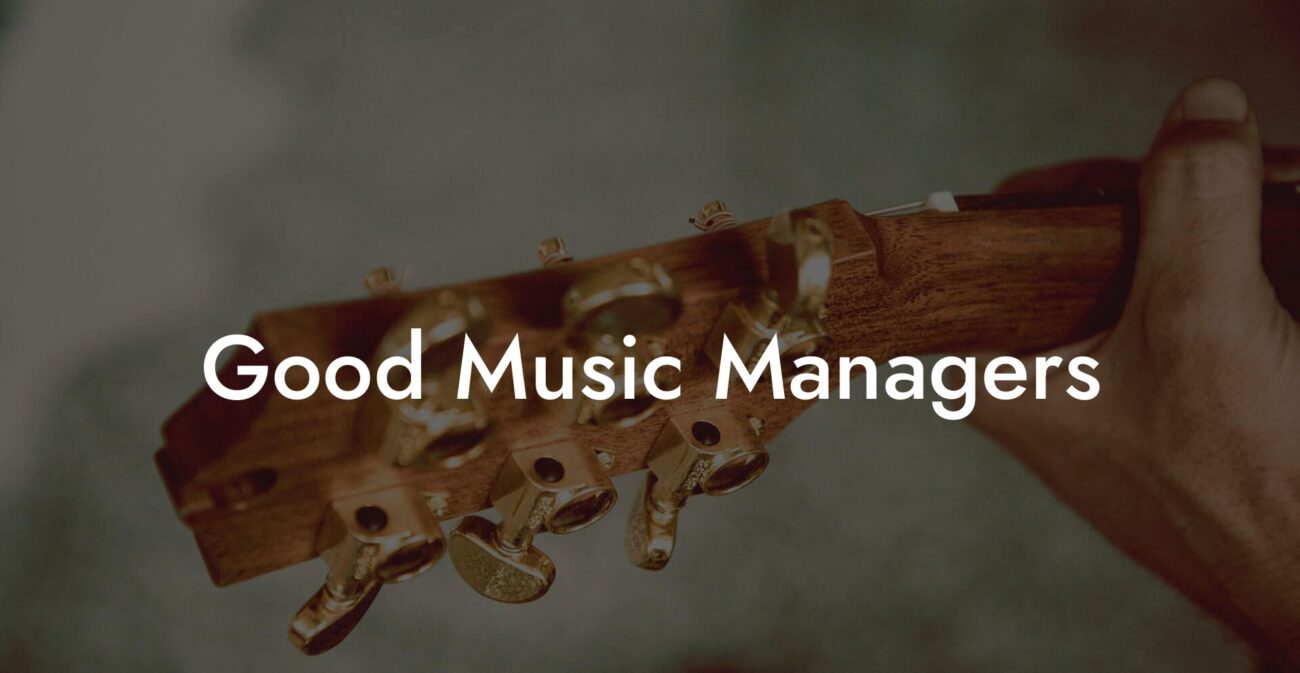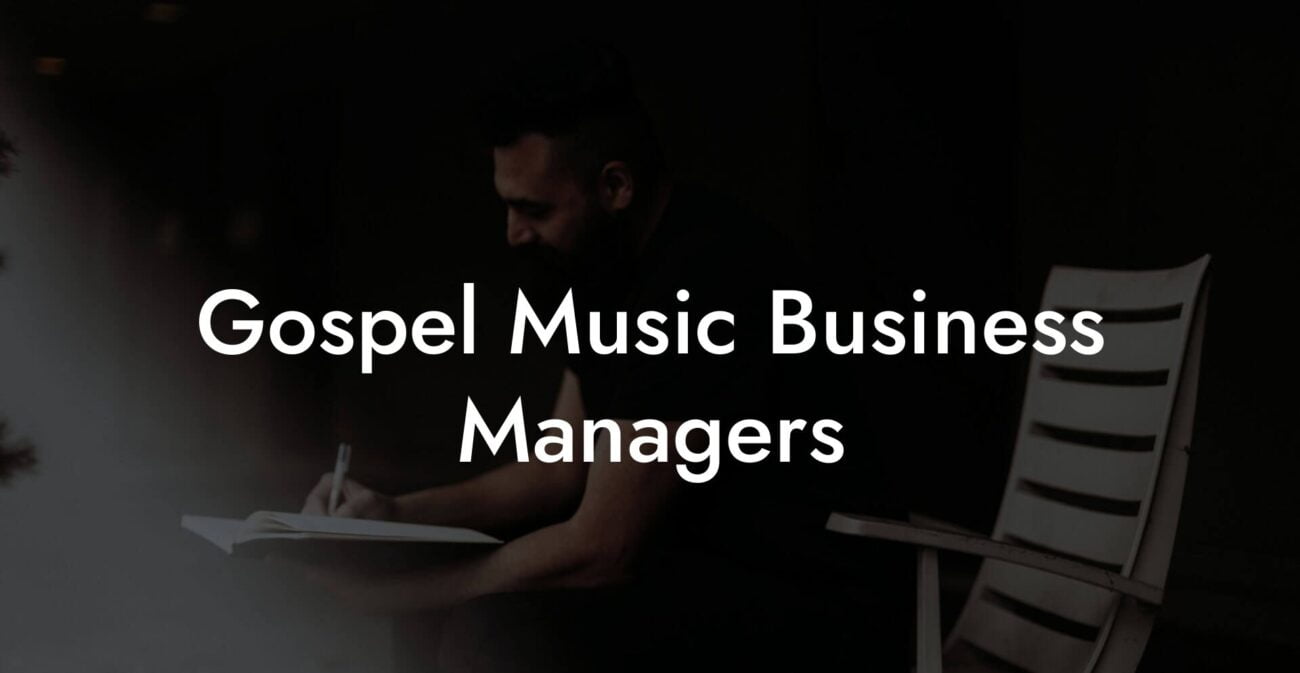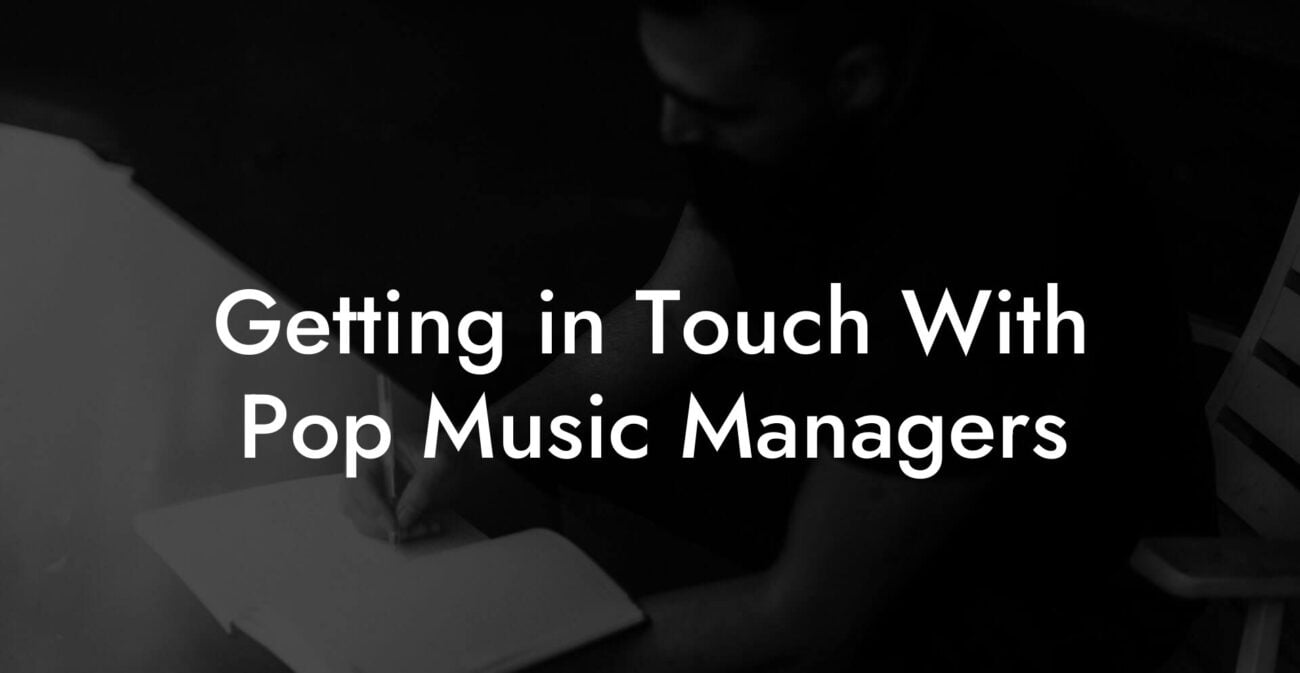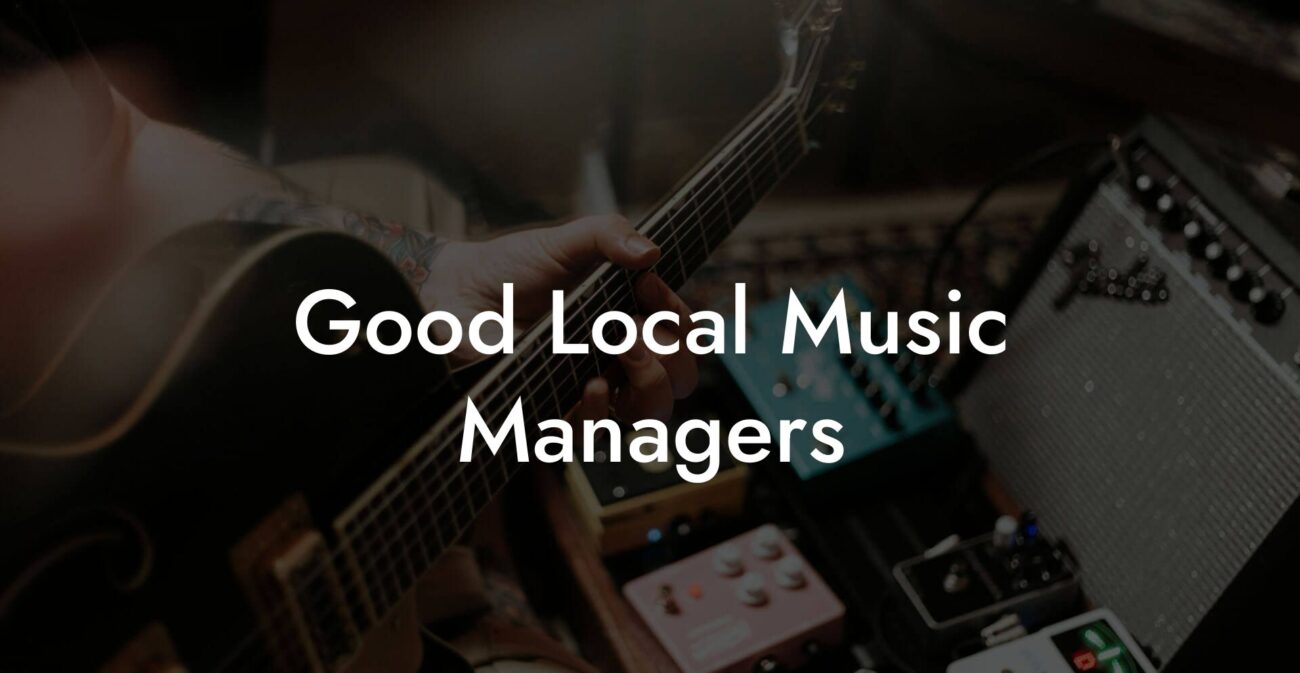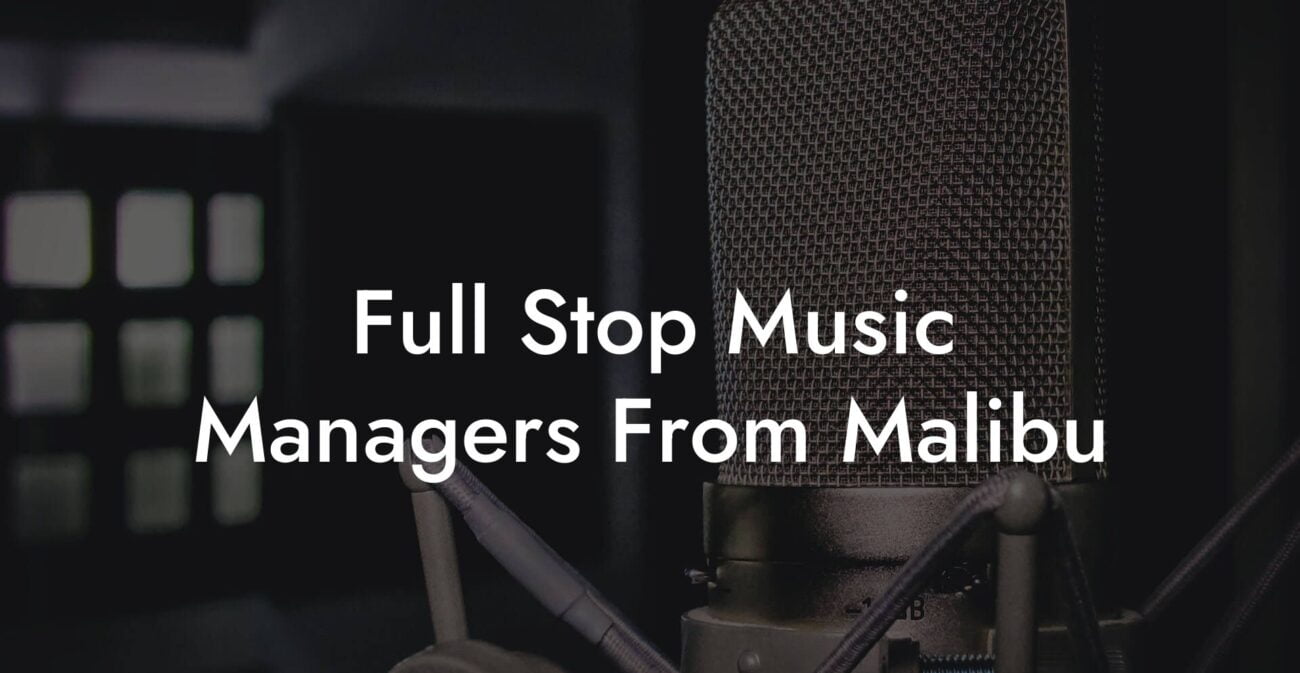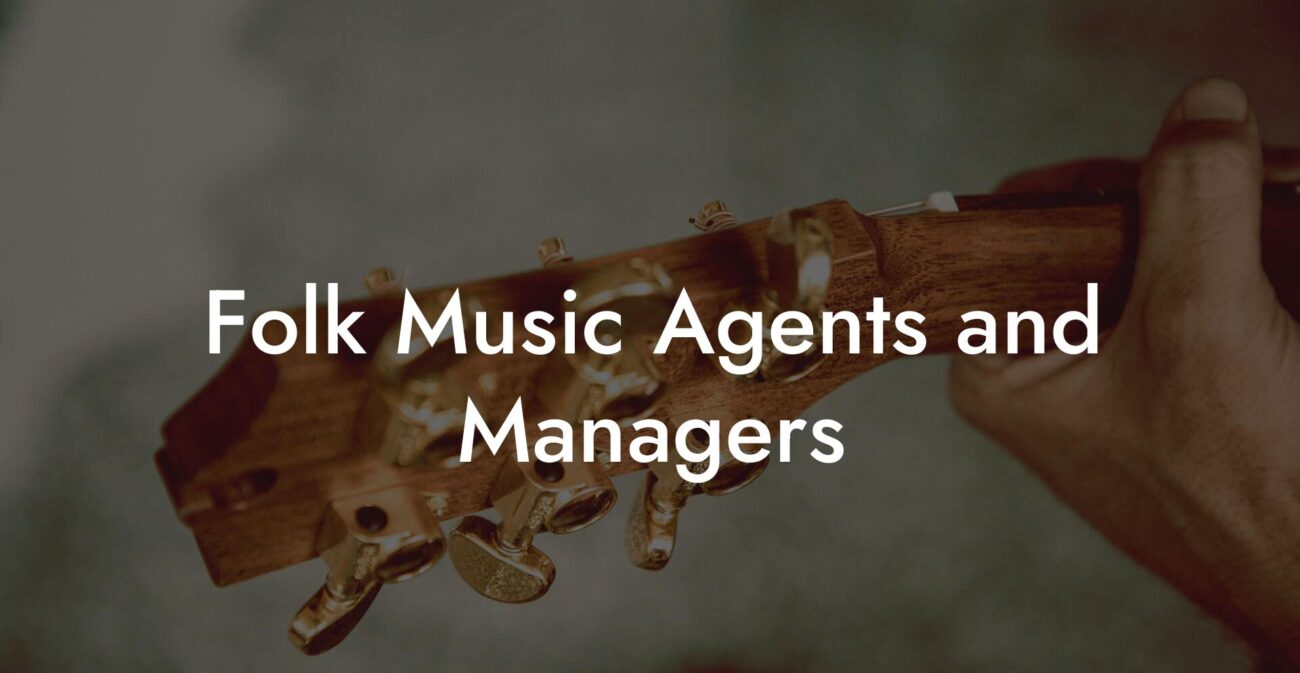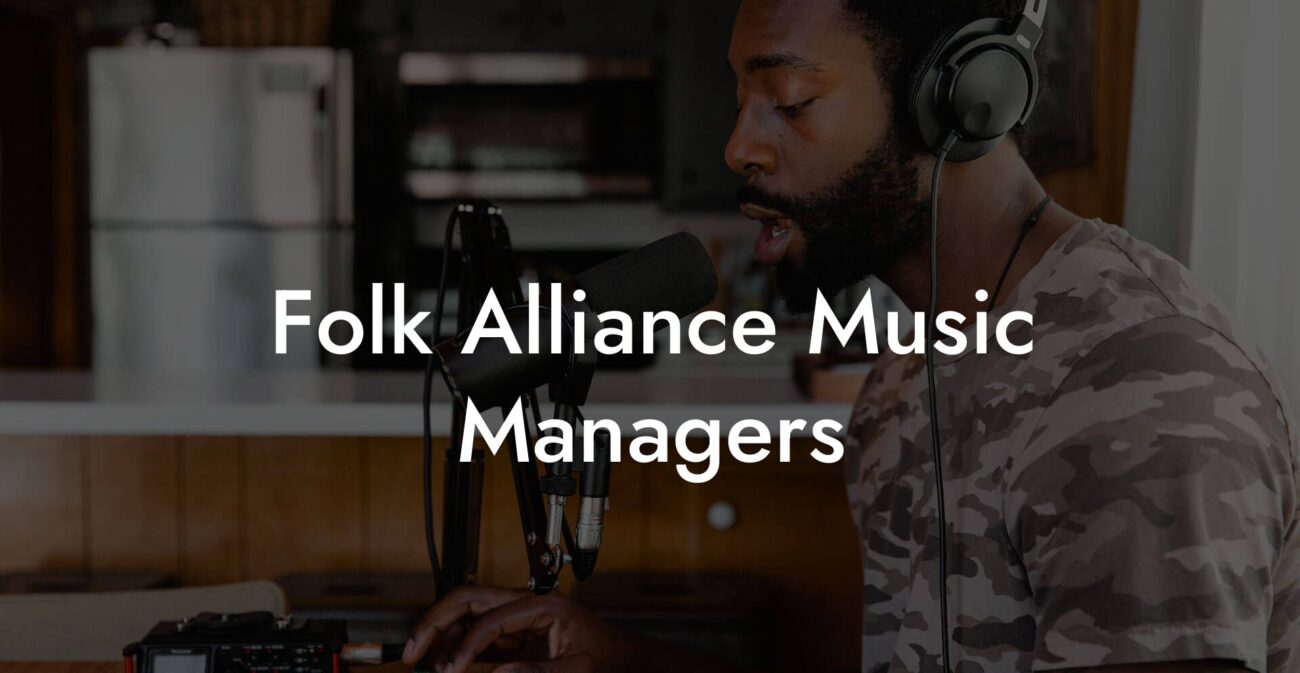Ever wondered why your favorite house tracks make you move, groove, and feel like you’re floating on a cloud of bass? Welcome to the world of House Song Structure Bars—a magical, rhythmic labyrinth where every bar is a building block of pure musical exhilaration. Whether you’re a bedroom producer experimenting with loops or a lyric enthusiast ready to drop lines as slick as your beats, this guide is your backstage pass to crafting epic house tracks that blend structure, style, and soul.
Looking to write your next song? Transform your creative ideas into songs that people will love, and skyrocket your music career with Lyric Assistant. The perfect songwriting assistant. Find out more →
Quick Links to Useful Sections
- What Are House Song Structure Bars?
- The Anatomy of a House Song: Breaking Down the Bars
- Historical Evolution: From Disco Beginnings to Modern House
- Strategies for Crafting Killer House Song Bars
- 1. Start with a Strong Foundation
- 2. Embrace the Power of Silence
- 3. Layer Your Sounds
- 4. Use Tension and Release to Your Advantage
- 5. Experiment with Unconventional Bar Lengths
- House Song Structure Bars: A Closer Look at Each Section
- Intro Bars: Setting the Scene
- Build-Up Bars: Creating Anticipation
- Drop Bars: The Climactic Explosion
- Breakdown Bars: Cooling Off the Frenzy
- Outro Bars: A Gentle Exit
- Melodic and Rhythmic Innovations in House Bars
- Digital Tools and Lyric Assistant: Your Ultimate Wingman
- Community Stories: When House Bars Become Life Hooks
- House Song Bar Techniques: Tips and Tricks From the Pros
- Resources and Community Support: Your Next Steps
- Case Studies in House Song Structure: Real-World Inspirations
- The Reinvention of the Classic Anthem
- From Bedroom Producer to Festival Headliner
- Breaking the Mold with Unconventional Bars
- Navigating House Music Theory: Bars, Beats, and Beyond
- Tips for the Aspiring House Music Lyricist
- Bridging Inspiration and Technology: Crafting Your House Anthem
- FAQ: Everything You Need to Know About House Song Structure Bars
- Your Path to House Music Mastery Begins Now
What Are House Song Structure Bars?
In the grand universe of house music, every second counts and every bar tells a story. House Song Structure Bars refer to the distinct segments of time—typically measured in four or eight bars—where the groove, melody, and energy are meticulously crafted to create that irresistible beat drop. These bars are the secret sauce that transforms a simple chord progression into a dancefloor anthem.
Think of them as the foundation of your sonic skyscraper, where each floor is built on a solid sequence of beats, synth riffs, and rhythmic flourishes. From the hypnotic intro that lulls you into the groove, to the climactic drop that sends the crowd into a frenzy, understanding these bars is key to structuring a house track that resonates with millennials and Gen Z alike.
At Lyric Assistant, our mission is to help you harness this power effortlessly, so you can focus more on the creative flow and less on the complexity behind the bars.
The Anatomy of a House Song: Breaking Down the Bars
When diving into the anatomy of a house song, the magic truly lies in the bars. Each bar is a contained world—a time slot where beats, basslines, and vocals interplay to create a rhythmic narrative. The classic breakdown? It’s a perfect symphony of structure and spontaneity, where repetition meets unexpected twists.
Write Lyrics Like a Professional Songwriter
The ultimate songwriting tool that takes your creative vision to the next level! With just a few clicks, you can unleash your inner songwriter and craft a hit that's uniquely yours. Your song. You own it.
A typical house track might seem deceptively simple with its looping patterns, but therein lies the genius. Let’s break it down:
- Intro Bars: Often mellow or atmospheric, these bars serve as the gateway to your track. They provide a sonic preview, setting the mood with ambient pads, airy synths, or a teasing vocal snippet.
- Build-Up Bars: Here, the energy gradually increases. Drums become more pronounced, filter sweeps ramp up, and tension is built through rhythmic variations. It’s like the rising suspense before the puzzle piece clicks into place.
- Drop Bars: The climax of your track, these bars release all the pent-up energy. With a pounding bassline, crisp percussion, and explosive synth stabs, the drop bars deliver a cathartic experience that makes you want to hit the dance floor.
- Breakdown Bars: After the drop, the track may dial back momentarily. The breakdown offers a respite, giving listeners a chance to catch their breath before heading into the next cycle of energy.
- Outro Bars: Just as every epic story must come to an end, the outro bars gracefully ease the listener out of the trance. The track winds down, leaving a lasting impression even as the beat fades.
Each set of bars is carefully designed to work in harmony with you as the producer—inviting you to experiment with vocal loops, melodic hooks, and dynamic transitions that define the signature sound of house music.
Historical Evolution: From Disco Beginnings to Modern House
To truly appreciate the art of constructing house song structure bars, it helps to know where they came from. House music, as we know it today, was birthed in the underground clubs of the 1980s, evolving from disco’s pulsating rhythms and eclectic harmonies. Pioneers like Frankie Knuckles and Larry Levan turned what was once a strictly live performance into a meticulously programmed art form.
Those early days were all about experimentation—using drum machines, synthesizers, and sequencers to create loops that were both hypnotic and innovative. As technology advanced, so did the complexity of house music, opening up new possibilities for structuring your track with precise bars that could hold surprising twists and drops.
Today, whether you’re producing in a state-of-the-art studio or jamming with just your laptop and a dream, understanding the evolution of these bars empowers you to blend classic vibes with modern flair. It’s a bridge between the warmth of analog sounds and the crisp perfection of digital beats.
Strategies for Crafting Killer House Song Bars
So, how do you go from understanding the basics to creating your own masterpiece? The secret lies in mastering the art of songwriting, where every bar is an opportunity to captivate your audience. Here are some strategies to bring your track to life:
1. Start with a Strong Foundation
Before you dive into the intricacies of your drop or breakdown, nail down a solid beat structure. Experiment with different time signatures, tempos, and rhythmic patterns. Remember, house music is inherently repetitive, but repetition doesn’t mean boring—it’s all about subtle variations and dynamic shifts.
2. Embrace the Power of Silence
It might sound counterintuitive, but knowing when not to play a note is as important as nailing the perfect beat. Strategic pauses and breaks can accentuate the later build-up or drop, creating moments that are both surprising and memorable.
3. Layer Your Sounds
Think of each bar as a canvas. Start with a base drum beat, and gradually add layers—claps, hi-hats, basslines, and synths. Experiment with different textures and timbres, allowing your creativity to run wild while maintaining a cohesive structure.
4. Use Tension and Release to Your Advantage
The build-up bars create anticipation, while the drop bars provide a cathartic release. Tweaking the intensity of each can dramatically alter the emotional impact of your track. Consider using automation to tweak filters, volume, and effects in real time.
5. Experiment with Unconventional Bar Lengths
While the norm may be four- or eight-bar phrases, don’t be afraid to break the mold. Try inserting a surprise nine-bar loop or reducing a drop to three bars. These unconventional structures can add an unexpected twist and keep your listeners on their toes.
With practice, you’ll find that the creative space between each bar is where true innovation happens. Use digital audio workstations (DAWs) like Ableton Live, FL Studio, or Logic Pro to experiment, and remember—the best tracks are often the ones that defy expectations.
House Song Structure Bars: A Closer Look at Each Section
Let’s break down the primary components of a house track structure and explore how each section works together to create a seamless musical journey.
Intro Bars: Setting the Scene
The intro is your chance to grab the listener’s attention. It might be atmospheric, featuring layered pads, gentle percussion, or even a subtle vocal sample that hints at what’s to come. The key is to establish the mood and rhythm without overwhelming your audience. For producers, the intro is a playground for experimenting with build-ups, filter sweeps, and ambient soundscapes.
Build-Up Bars: Creating Anticipation
As the track progresses, the build-up bars gradually increase the energy. Here, you might layer in additional percussion, enhance the bassline, or even bring in rising synth arpeggios. Each bar in this segment should heighten the anticipation—the crescendo of a musical roller coaster that leaves listeners eagerly awaiting the drop.
Drop Bars: The Climactic Explosion
Arguably the highlight of any house track, the drop is where all the built-up tension culminates into a burst of energy. Expect punchy bass, vibrant synth stabs, and a rigorous drum pattern that ignites the dance floor. It’s here that all the careful planning pays off—each bar is a deliverance of controlled chaos and euphoric release.
Breakdown Bars: Cooling Off the Frenzy
After the electrifying drop, the breakdown offers a moment of relief. These bars often feature stripped-back instrumentation, softer melodies, and atmospheric effects. The breakdown not only gives the audience a breather but also creates a space for reflective lyrics or a poignant instrumental solo.
Outro Bars: A Gentle Exit
The outro is as important as the intro. It gently ushers the listener out of the sonic journey, often revisiting themes introduced at the beginning and gradually fading away. A well-crafted outro leaves a lasting impression—a reminder that every end can be as artful as a beginning.
Together, these sections form a narrative arc—a journey that’s as strategic as it is emotional. Whether you’re creating a chart-topping anthem or a deep, atmospheric track for a midnight set, understanding each element gives you the freedom to experiment and innovate.
Melodic and Rhythmic Innovations in House Bars
Innovation is at the heart of house music. Gone are the days when simple loops were enough to get a crowd moving. Today’s producers are blending rhythmic complexity with melodic experimentation, crafting bars that are not only catchy but also layered with emotional depth.
One track might feature syncopated drum patterns interlaced with off-beat basslines, while another could explore modal shifts and unexpected chord progressions. This creative tension between rhythm and harmony is what gives modern house tracks their unmistakable signature.
Here are a few ways to innovate within your house song structure bars:
- Rhythmic Syncopation: Play around with unexpected off-beat accents. Layering these onto a steady four-on-the-floor beat can inject life into otherwise standard loops.
- Melodic Counterpoints: Instead of a single lead melody, experiment with multiple intertwining phrases that converse with each other. The resulting harmony can add unexpected twists in your bars.
- Dynamic Shifts: Use automation to adjust parameters like reverb, delay, and filter thresholds. Tiny tweaks over the span of several bars can evolve your track in real time.
- Sample Layering: Integrate vocal chops, ambient noise, or even snippets of classic samples to add texture. With digital tools at your fingertips, the possibilities are both endless and delightfully unpredictable.
These innovations might require you to step outside your comfort zone, but that’s where the magic happens. Every bar becomes a mini-experiment—an opportunity to blend the nostalgia of classic house with the daring spirit of modern electronic music.
Digital Tools and Lyric Assistant: Your Ultimate Wingman
Gone are the days when producing a house track meant having a full studio setup. Today, powerful digital audio workstations (DAWs) and innovative songwriting tools have democratized music production, making it more accessible than ever. And if you’re someone who’s also got a lyrical vision, then Lyric Assistant is here to add that extra spark.
Imagine this: you’re crafting mesmerizing bars for your drop, your beats are on point, and you need the perfect lyric to match that mood. Enter Lyric Assistant—a tool designed to help you effortlessly generate, organize, and polish your lyrics. With intuitive controls and a repository of inspiration, you can sync your words seamlessly with your music.
Whether you’re experimenting with playful, tongue-in-cheek verses or introspective lines that reflect the depth of the rhythmic journey, our tool has got your back. Combine the best of digital production with the art of songwriting, and watch as your house track transforms into a masterpiece that resonates on every level.
Community Stories: When House Bars Become Life Hooks
Music is a journey best shared, and nothing inspires creativity more than hearing real-life stories from fellow producers, lyricists, and DJs. Across the globe, communities are coming together—via online forums, social media, and local meetups—to exchange tips on building killer house song structure bars and crafting unforgettable drops.
Consider the tale of Jamal, a bedroom producer from Atlanta, who redefined his sound by meticulously reworking his bar structures. Jamal credits endless nights experimenting with unconventional bar lengths and dynamic transitions with giving his track that “wow” factor. Or look at Mia, a lyric enthusiast from Brooklyn, who integrated her poetic storytelling into carefully crafted bar transitions—resulting in a track that not only dominated local clubs but also told a narrative of self-discovery.
These community stories remind us that innovation in house music isn’t just about technology or theoretical knowledge—it’s about the shared human experience of creation, collaboration, and the sheer joy of making people move.
House Song Bar Techniques: Tips and Tricks From the Pros
Whether you’re just starting out or you’re a seasoned beat maker, here are some expert tips to refine your house song structure bars:
- Loop Experimentation: Don’t be afraid to loop a segment repeatedly and see what subtle variations you can apply. Sometimes the most captivating hooks emerge from experimenting with slight rhythmic delays or reverse effects.
- Vary the Energy: Alternate between high-energy bars (with booming synths and punchy kicks) and more subdued, atmospheric sections. This contrast not only keeps your listeners engaged but also builds a dynamic storyline throughout your track.
- Collaborate for Fresh Perspectives: Whether it’s trading ideas with a fellow producer or getting feedback from a lyricist, collaboration can open doors to new ideas and innovative structures that you might never have considered on your own.
- Trust Your Instincts: The digital realm is an endless sea of presets and templates. While they’re helpful, don’t be afraid to trust your gut. The best house tracks often result from breaking a few rules along the way.
- Keep It Fluid: Remember, the rules of house music are meant to be bent. Those bars are your playground—experiment with sudden breaks, unconventional rhythms, and surprise drop lengths.
As you experiment with these techniques, document your process and iterate on your compositions. Every tweak, every rearrangement, brings you closer to unlocking the full potential of your creative vision.
Resources and Community Support: Your Next Steps
Now that you’re armed with a deep dive into house song structure bars, it’s time to take action. The world of house music is brimming with resources, online communities, and tools designed to support your creative journey.
Join Online Forums and Groups: Platforms like Reddit’s r/WeAreTheMusicMakers, Gearslutz, and Facebook groups offer a wealth of knowledge, tips, and collaborative opportunities where you can share your work and learn from others.
Take Online Courses: Learning the ins and outs of your chosen DAW or understanding advanced music theory can further refine your skills. Websites like Coursera, Udemy, and Skillshare have specialized courses in EDM production and songwriting that are perfect for both beginners and intermediate producers.
Experiment with New Technology: From MIDI controllers to software plugins, explore new tools that may add fresh dimensions to your tracks. Don’t forget that Lyric Assistant isn’t just about generating lyrics—it can inspire new ideas for how you integrate words with music.
Attend Live Workshops and Meetups: Nothing beats the energy of a live session with fellow creatives. Check out local events or virtual webinars that can provide hands-on experiences and personalized feedback from successful producers.
Follow Industry Blogs and Podcasts: Staying up-to-date with the latest trends in house music and production techniques can give you a competitive edge. There’s a treasure trove of knowledge out there waiting to be explored.
These resources and community networks empower you to elevate your production—and, ultimately, your house tracks—from good to legendary. After all, every pro was once a beginner who dared to experiment with those very bars.
Case Studies in House Song Structure: Real-World Inspirations
Nothing highlights the artistry behind house song structure bars better than real-life success stories. Let’s take a look at a few case studies that illustrate how thoughtful structure can lead to iconic tracks:
The Reinvention of the Classic Anthem
DJ Solaris, a producer known for blending retro vibes with futuristic synths, once struggled with keeping his tracks intriguing over long DJ sets. By reworking his song structures—paying special attention to the arrangement of his bars—he managed to introduce surprising transitions that reinvigorated his live performances. The result? Tracks that retained their classic charm while boasting an innovative edge that kept dance floors buzzing.
From Bedroom Producer to Festival Headliner
Mia, a self-taught producer operating out of her small apartment in the city, used everyday recordings and intuitive lyric lines generated with the help of Lyric Assistant to construct captivating house tracks. By meticulously planning each bar—from the immersive intro to the explosive drop—she transformed her songs into tributes to the underground club scene. Today, her tracks have made it to major playlists, proving that a strong understanding of song structure can launch careers.
Breaking the Mold with Unconventional Bars
Then there’s the story of Rafi, who was renowned for his willingness to break away from the norm. By experimenting with non-traditional bar lengths and hybrid structures, Rafi created tracks that defied genre conventions. His innovative approach not only earned him acclaim among fellow producers but also challenged the status quo in house music, paving the way for new creative expressions.
These case studies highlight that while technical prowess is important, the magic truly happens when you combine creativity, daring experiments, and a deep understanding of the structures that make house music irresistible.
Navigating House Music Theory: Bars, Beats, and Beyond
For those who crave a deeper dive into the technical aspects behind house song structure bars, it all starts with music theory—a language that bridges emotion and precision. Whether you’re composing a catchy hook or experimenting with polyrhythms, knowing your scales, chord progressions, and the significance of each beat in a bar is a surefire way to elevate your tracks.
Modern production has transformed how we approach music theory. With intuitive design and digital tools at your fingertips, theory becomes less of a daunting subject and more of a framework for exploring your creative instincts. Here’s a quick crash course:
- Beat and Bar Count: Most house tracks follow a 4/4 time signature, meaning there are four beats in every bar. However, it’s the subdivision and slight off-beat embellishments that add swing and groove.
- Chord Progressions: Even in a genre driven by rhythm, a well-crafted chord progression can make your track emotionally resonant. Experiment with minor progressions for a deeper feel or major chords to keep things uplifting.
- Syncopation and Swing: Experiment with rhythmic delays and shifts. The interplay between a straight beat and a syncopated line often creates the hypnotic feel that defines great house tracks.
- Layering and Texture: Understanding the frequency range and how different sounds interact within a bar can help you create a richer, fuller production. This is where mixing and mastering come into play.
Embrace theory not as a strict rulebook, but as a dynamic tool—a way to experiment and innovate. After all, the most iconic tracks are those that bend the rules just enough to create their own signature sound.
Tips for the Aspiring House Music Lyricist
While the rhythmic and electronic elements of house music often steal the show, the lyrical component can add a layer of soul and narrative depth. If you’ve ever found yourself humming a refrain in the shower or scribbling thoughts into your notebook, it’s time to sync those words with your bars.
Here are some quick tips for infusing your house tracks with killer lyrics:
- Keep It Minimal: House music often thrives on repetition and simplicity—in both its beats and its lyrics. Short, punchy lines that stick in the mind are your best friend.
- Create a Vibe: The lyrics should complement the atmosphere. Whether you’re aiming for euphoric celebration or introspective cool, ensure your words enhance the overall mood.
- Use Repetition Strategically: Repeated phrases can become infectious hooks. Experiment with repetition across the various bars—especially during intros and drops—to create memorable moments.
- Blend with Instrumentation: Sometimes less is more. Let the instrumental elements take the spotlight, using lyrics as a subtle guide rather than the main narrative.
- Experiment with Sampling: Don’t shy away from incorporating vocal samples or snippets of spoken word. They can add a unique texture to your track and provide unexpected twists between the bars.
Remember, your voice is as integral to the track as the beat itself—so let it shine through, even amidst a cascade of synths and bass.
Bridging Inspiration and Technology: Crafting Your House Anthem
With all these insights into house song structure bars and the art of lyrical expression, the next step is to bridge your inspiration with cutting-edge technology. The digital era has ushered in tools that can help you map out your song’s bars in a visual, intuitive manner.
Whether you’re plotting out the first four bars of your intro or fine-tuning that mind-blowing drop, modern DAWs offer features that let you experiment without limits. Use grid views to plan your bars, apply automation for filter sweeps, and don’t hesitate to rely on Lyric Assistant to generate that extra spark of creativity when you hit a lyrical block.
Ultimately, the digital tools are there to serve your vision. Use them to amplify your creative instincts, test innovative structures, and, most importantly, have fun along the way. The journey of transforming your raw ideas into a full-blown house anthem is just as rewarding as the final beat drop.
FAQ: Everything You Need to Know About House Song Structure Bars
We’ve answered some of the most frequently asked questions that producers and lyricists alike often have about crafting stellar house tracks.
1. What exactly are House Song Structure Bars?
They are the building blocks of a house track—measured segments of time (usually four or eight bars) that define the song’s structure, including intros, build-ups, drops, breakdowns, and outros.
2. Why is understanding bar structure important in house music?
A firm grasp on bar structure helps ensure that your track flows seamlessly, maintains energy, and keeps your audience engaged from start to finish.
3. How can I create a drop that truly captures attention?
Focus on building tension in the build-up bars with dynamic variations and then unleashing it in the drop with a combination of punchy bass, crisp percussion, and explosive synths.
4. Can I experiment with non-standard bar lengths?
Absolutely. While four- or eight-bar phrases are common, breaking the mold with unconventional lengths can lead to unique, innovative arrangements that set your track apart.
5. How do lyrics factor into a house track’s structure?
Lyrics should complement the musical flow—often kept minimal and repetitive—to enhance the overall vibe without overpowering the rhythm or distract from the instrumental magic.
6. What digital tools can help me design my house song structure?
DAWs like Ableton Live, FL Studio, and Logic Pro, complemented by tools like Lyric Assistant for lyrical inspiration, are excellent for mapping out and experimenting with your song’s bars.
7. How important is community feedback in refining my track?
Extremely. Sharing your work with online communities and fellow producers can provide valuable feedback and spark new ideas to enhance your track.
8. Can I blend different genres within my house track?
Yes! Many producers creatively fuse elements from other genres, such as techno, funk, or even pop, within the framework of house song structure bars to create something unique and exciting.
9. How do I know when a section of my track is working?
Trust your gut—listen for that natural build-up and release of energy. If your audience is nodding along or the track feels dynamic in your own ears, you’re on the right path.
10. Are there online communities or resources for house music producers?
Definitely. Platforms like Reddit’s r/WeAreTheMusicMakers, various Facebook groups, and dedicated music production forums offer endless resources and collaboration opportunities.
Your Path to House Music Mastery Begins Now
The world of house music is as expansive as it is exhilarating. Each bar, each beat, and every lyrical flourish you create is a step toward shaping a sonic experience that’s uniquely yours. From the atmospheric intros to the heart-thumping drops, house song structure bars offer a framework that balances technical precision with creative freedom.
Embrace the journey of exploration, experimentation, and even the occasional misstep—because every little tweak in your bars is a learning experience that propels you closer to your masterpiece. With digital tools, a supportive community of like-minded creators, and resources like Lyric Assistant to streamline your songwriting, the stage is set for you to craft house tracks that not only get the crowd moving but also narrate a story of innovation and passion.
So plug in, experiment, and let your creative spark illuminate the dance floor. Your journey to house music mastery is just beginning—and the next big track could very well be your crowning achievement. Get ready to drop those bars and leave your mark on the world of house music!
Whether you’re mixing in a basement studio or performing live under dazzling lights, remember that every beat is a chance to express yourself. Stay curious, keep pushing boundaries, and above all, have fun creating the tracks that make hearts race and feet move.
Write Lyrics Like a Professional Songwriter
The ultimate songwriting tool that takes your creative vision to the next level! With just a few clicks, you can unleash your inner songwriter and craft a hit that's uniquely yours. Your song. You own it.

